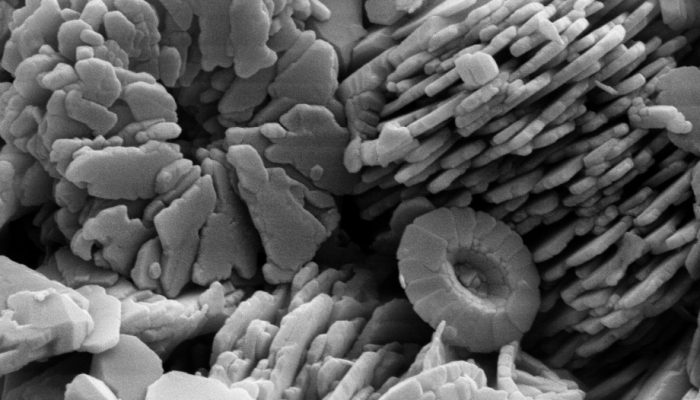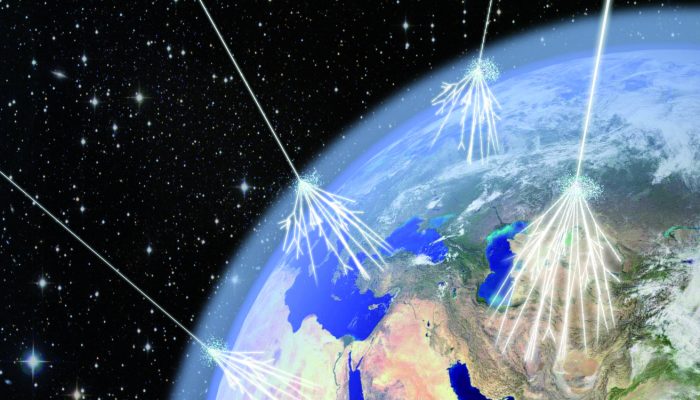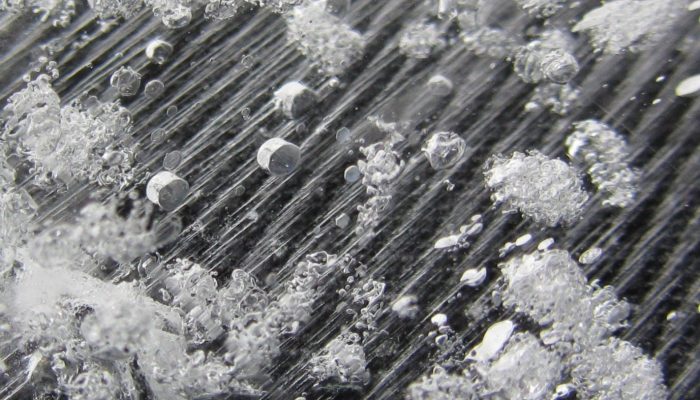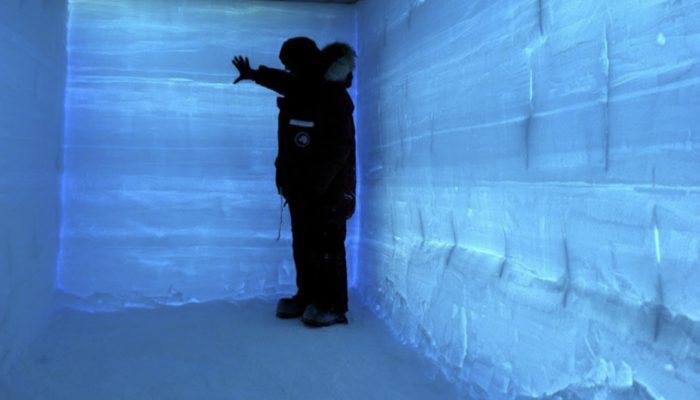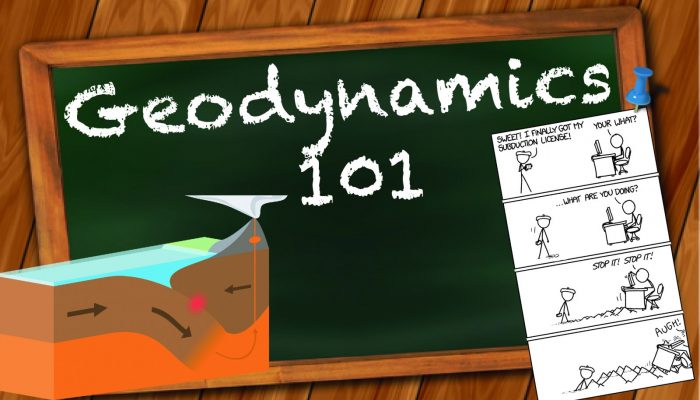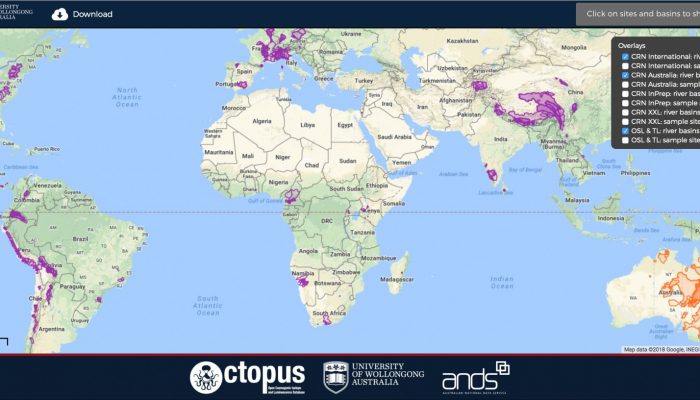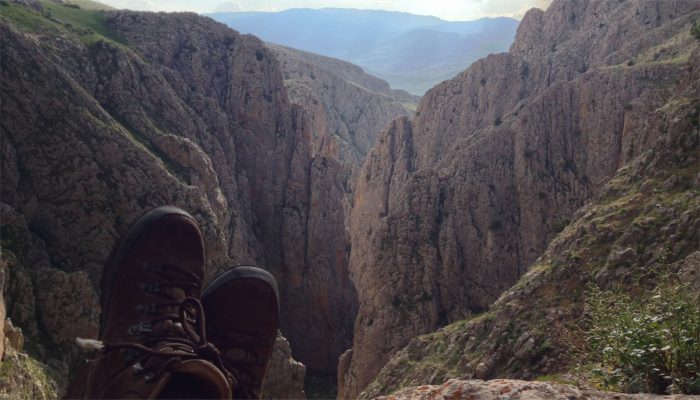Geodynamics
Help us fight patriarchy, one comic strip at a time!
Women in science/geodynamics: a topic we have discussed before and should continue to discuss, because we’re not there yet. In this new Wit & Wisdom post, Marie Bocher, postdoc at the Seismology and Wave Physics group of ETH Zürich, discusses a range of all-too-common encounters women face and a possible solution to awareness: comics (drawn by Alice Adenis, PhD student at ENS Lyon). You ...[Read More]
Solar-Terrestrial Sciences
Cosmic rays – messengers from space
Cosmic rays (CRs), are not actually rays, but highly energetic charged particles of extraterrestrial origin. The life cycle of a cosmic ray particle starts with its birth at some point in the Universe, its travel at nearly the speed of light and finally with its death ( e.g. at a detector). These highly energetic particles strike our planet from all directions and thus provide a constant backgroun ...[Read More]
Natural Hazards
What is coming at the next EGU’s General Assembly?
The next EGU’s General Assembly is taking place in three weeks! We bet you already started planning your program for the week, and that Natural Hazard (NH) sessions are included, and, especially if you are an Early Career Scientist, you have found many sessions and courses targeting your specific needs and interests. What fits more to your interests: Attend talks and posters, learn and improve ski ...[Read More]
Cryospheric Sciences
Image of the Week – Broccoli on Kilimanjaro!
On the plateau of Kilimanjaro, Tanzania, the remnants of a glacier can be found and the ice from that glacier contains a rather interesting feature – Broccoli! Not the vegetable, but bubbles that look a lot like it. Our Image of the Week shows some of these strange “Broccoli Bubbles”. Read on to find out more about where these were found and how we can see them. There is not much ice left on the m ...[Read More]
Climate: Past, Present & Future
How to reconstruct past climates from water stable isotopes in Polar ice cores ?
Ice cores are a favored archive to study past climates, because they provide a number of indications on the history of the climate and of the atmospheric composition. Among these, water stable isotopes are considered as a very reliable temperature proxy. Yet, their interpretation is sometimes more complicated than a simple one-to-one correspondence with local temperature and requires intercomparis ...[Read More]
Stratigraphy, Sedimentology and Palaeontology
Ocean drilling: 50 years of explorations
After 50 years of ocean explorations, scientists continue to rely on cored material from beneath the ocean floor. The material recovered during oceanographic expeditions constitutes, in fact, a great archive where to look for answers to unravel the Earth’s system history. Over the last decades, subsequent scientific ocean drilling programs (Deep Sea Drilling Project, Ocean Drilling Program, ...[Read More]
Geodynamics
Subduction through the mantle transition zone: sink or stall?
The Geodynamics 101 series serves to showcase the diversity of research topics and methods in the geodynamics community in an understandable manner. We welcome all researchers – PhD students to professors – to introduce their area of expertise in a lighthearted, entertaining manner and touch upon some of the outstanding questions and problems related to their fields. For our latest ‘Geodynamics 10 ...[Read More]
Geomorphology
OCTOPUS: An Open Cosmogenic Isotope and Luminescence Database
– written by Henry Munack, University of Wollongong – In geomorphology, radiometric dating methods have been on the rise during the past decades. Notably cosmogenic nuclide applications and luminescence dating gained great popularity because they quantitatively capture geomorphic processes on their process-inherent timescales. To date, globally more than 4,200 in situ detrital catchmen ...[Read More]
Tectonics and Structural Geology
Minds over Methods: Reconstructing oceans lost to subduction
Our next Minds over Methods article is written by Derya Gürer, who just finished a PhD at Utrecht University, the Netherlands. During her PhD, she used a combination of many methods to reconstruct the evolution of the Anadolu plate, which got almost entirely lost during closure of the Neotethys in Anatolia. Here, she explains how the use of these multiple methods helped her to obtain a 3D understa ...[Read More]

